Rottnest Island - Western Australia
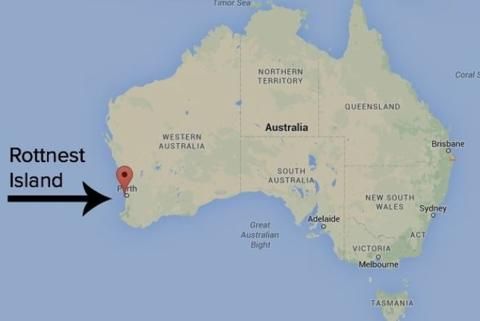
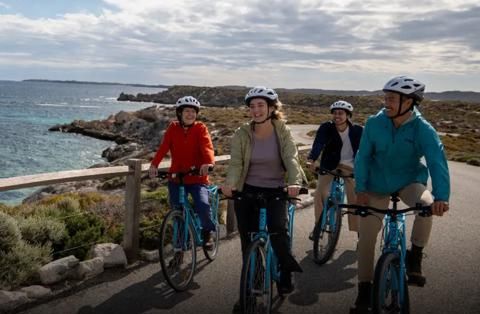
Recently I travelled the length of Western Australia, from Broome to Perth and so far I have shared some highlights of Broome, Ningaloo Reef, Monkey Mia, Telegraph Point, Shell Beach, the rugged coastline, Kalbarri National Park and The Pinnacles. If you have missed these posts, use the magnifying glass at the top of any post and search for Western Australia.
Join me for the last highlight - a day on Rottnest Island.
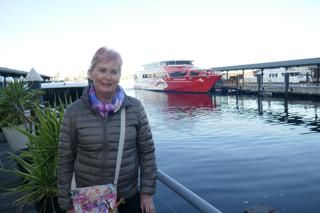
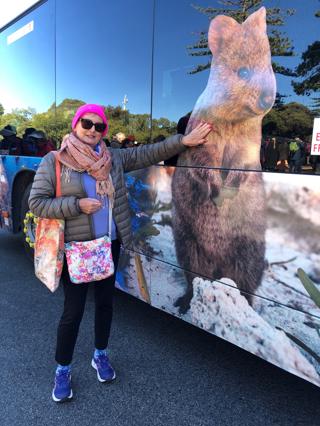
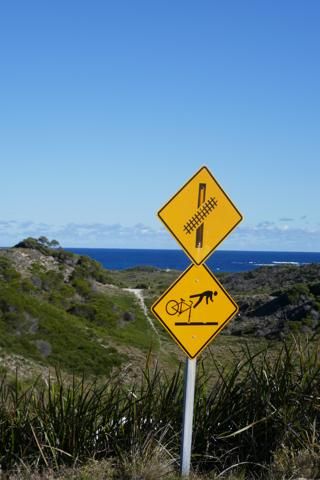
Just an hour or so on a ferry from Perth or Fremantle, Rottnest Island is a paradise! Under an azure sky, blindingly white sand, water so clear you can see changing colours of the sea bottom, majestic coves were formed by naturally sculpted rocks.
Often colloquially referred to as Rotto, it is just 19 km2 (7.3 sq mi), where up to 2000 visitors cycle around for a day - however I took the easy way out and hopped on the tourist bus.
Private vehicles are not permitted, making it a peaceful haven to explore the 63 secluded, sandy havens or to look out for the quokka's - these small animals are mainly found on Rottnest - they are so cute and always seem to be smiling, ignoring us humans and the pesky seagulls.
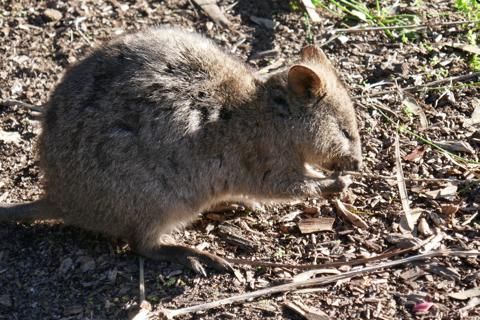
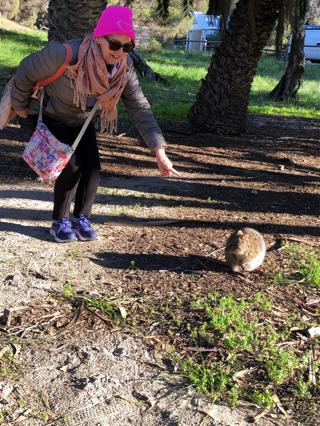
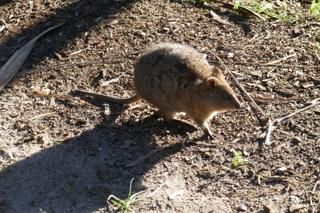
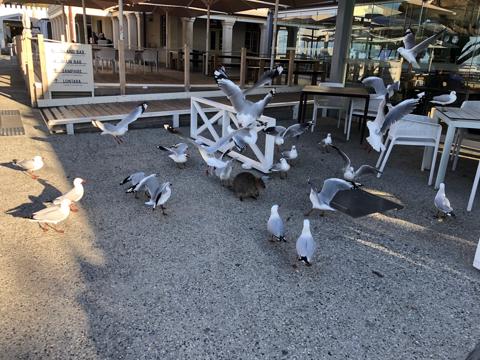
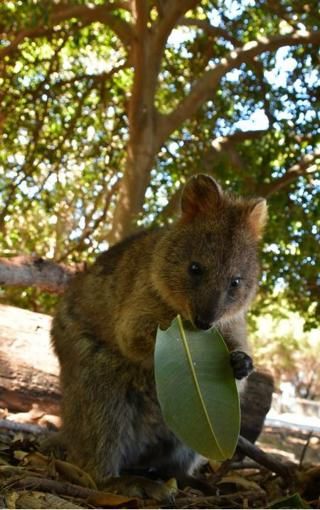
Quokka's are one of the smallest wallaby species in Australia with thick, coarse, grey-brown fur; short, rounded fluffy ears, a tail 24–31 cm long and shorter hindlegs than other macropod species.1
I suppose that's why Dutch captain Willem de Vlamingh thought they looked like rats when he spent six days exploring the island in 1696 and is credited for naming the island 't Eylandt 't Rottenest (Rats' Nest Island).
Wadjemup, the Noongar (indigenous) name of the island, means place across the water where the spirits are. The traditional owners, the Whadjuk Noongar people, know the island as a resting place of the spirits, as well as a memorial place of the Aboriginal men and boys whose bodies still rest beneath the sands of Wadjemup.2
I far prefer the indigenous name for the island as Quokka's don't remind me of rats at all!
They are as enchanting as squirrels, look so timid and seem to be praying as they eat. They often also look to be smiling, a mechanism they use to cool down, are able to survive in an environment virtually devoid of freshwater and can also climb trees.
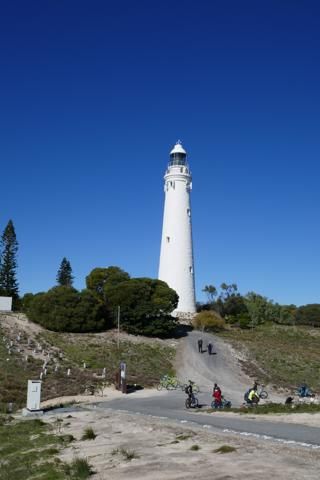
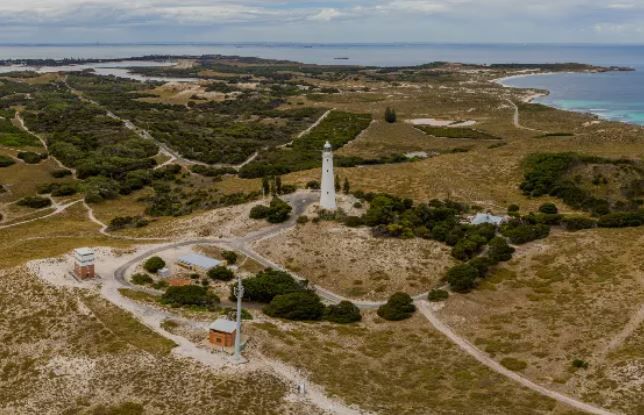
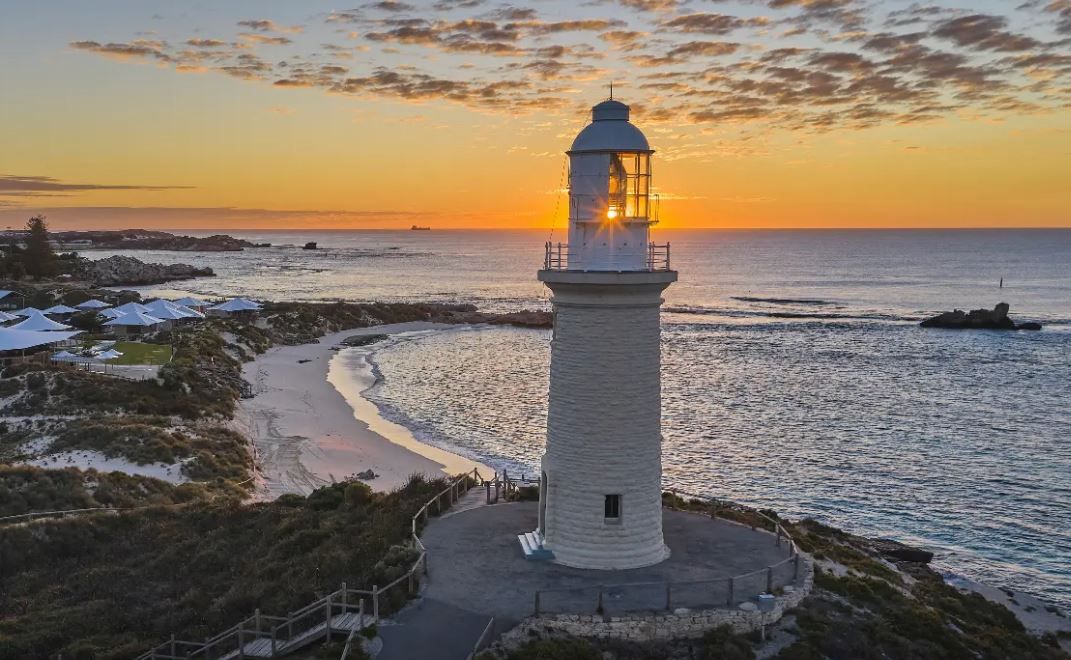
We meandered the length and breadth of the island on the tourist bus, enjoying the sights.
We stopped to admire the two lighthouses. The Wadjemup Lighthouse was constructed in 1896 at the highest point on the island, as a safeguard against nautical disasters that were, at the time, all too common.
Bathurst Lighthouse overlooks picturesque Pinky Beach and was constructed after the fateful voyage of the City of York, an iron ship that sank off the western coast of Rottnest Island in 1899 with the loss of 12 lives, it first shone its light on the seas in 1900.
The lighthouse lantern originally featured a fixed white light, but in 1920 this was changed to an automatic flashing light. With a range of 14 nautical miles, it provides a beacon of hope and safety far out into the ocean around it, and helps to create safer waters around the rocky coast.3
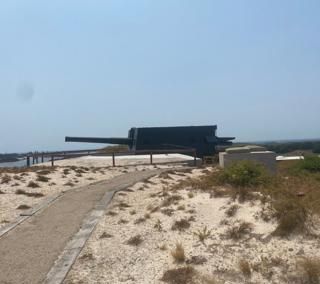
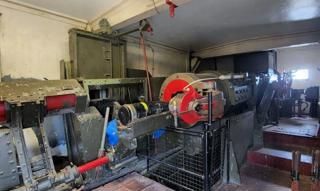
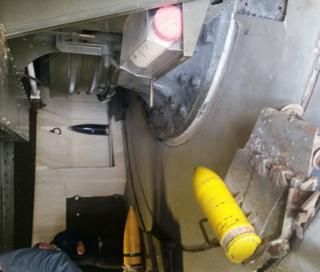
At Oliver Hill we toured the WWII battlements - this is one of the three locations on Rottnest Island that showcases its wartime history.
Constructed in 1937 to defend Fremantle Port from potential enemy seaborne attacks, the battery of two 11-metre 9.2-inch naval guns at Oliver Hill is a significant heritage icon. In fact, it’s the only intact emplacement of its type left in Australia.
Sited to take advantage of panoramic views over the island, the guns were capable of firing an armour-piercing shell up to 28 km away, ensuring Fremantle’s safety from enemy attack. Decommissioned in the 1960s, the guns and infrastructure still remain.3
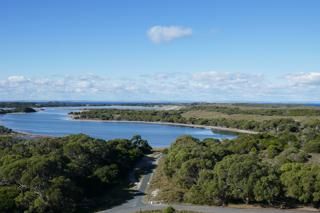
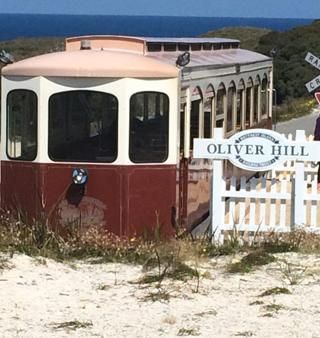
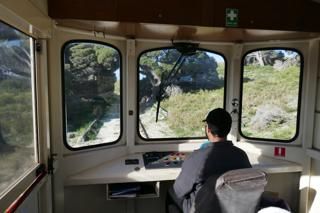
The shells weigh a hefty 172 kgs - I was surprised to learn a small team was efficient enough to fire the gun 2-3 times per minute! Thankfully the guns were only ever fired here for practice.
The railway, originally built in the 1930s to assist in building the battlements, is now a tourist train which rattled its way down the hill back to the ferry terminal.
The warm waters of the Leeuwin Current flow south from Asia allowing coral, tropical fish and abundant seagrasses to flourish this far south.
As you can see from the photos below, the beaches are a vibrant white and the waters crystal clear. We spotted an osprey nest (top right) and some of the rock formations were intriguing:
Bottom middle - perhaps you can discern the pooch sitting on the rock ledge?
Bottom right - the rocky outcrop reminded me of a crocodile.
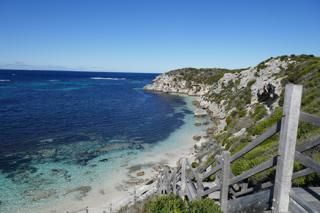
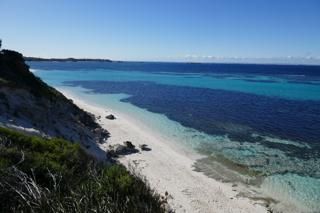
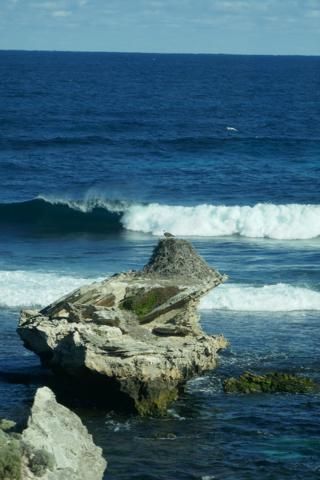
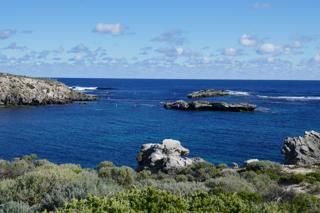
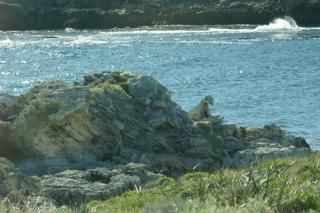
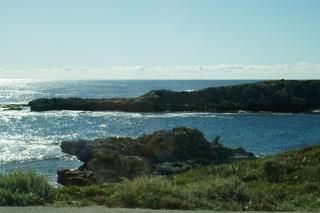
Credits
1. perthzoo.wa.gov.au
2. destinationperth.com.au
3. rottnestisland.com
Apologies from the Editor in Chief!!
You all would have received an extra post yesterday on Hilda Rix Nicholas Wright which I accidentally uploaded. The post has now been unpublished and therefore none of the links will work. You will be seeing this post in a few weeks as the first of a two part offering on one of Australia's bravest and most interesting artists. Apologies also to Julie who has written these posts for you.
As you can tell - I'm having a wonderful time away from the Editor in Chief's desk and not concentrating on my day job!!
